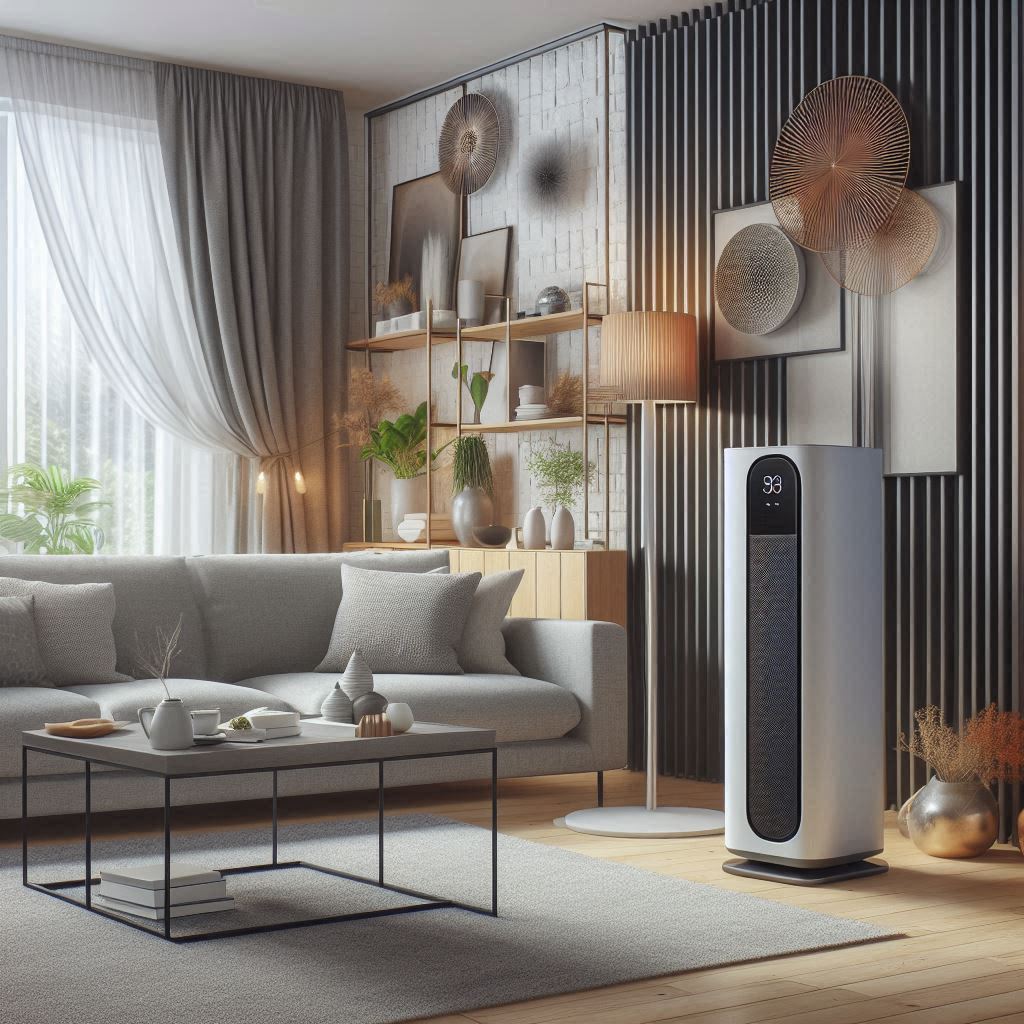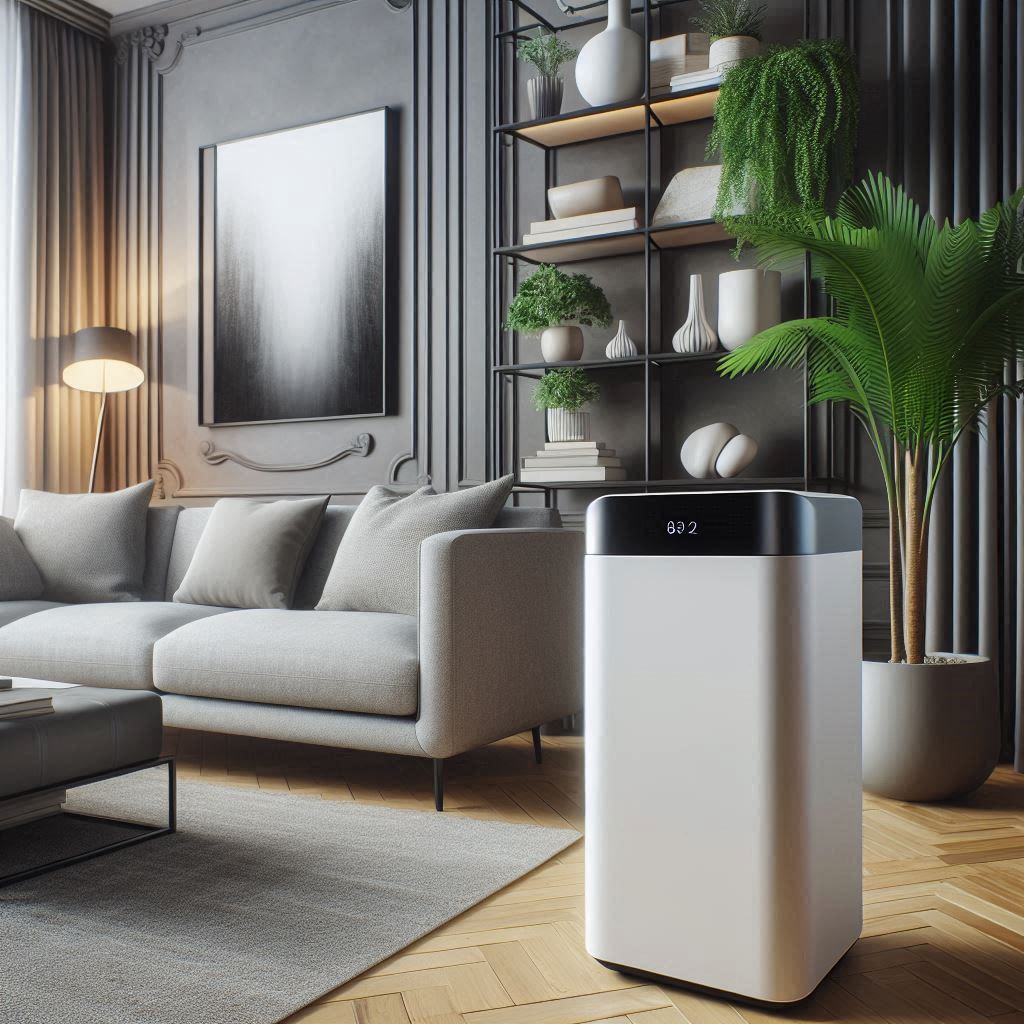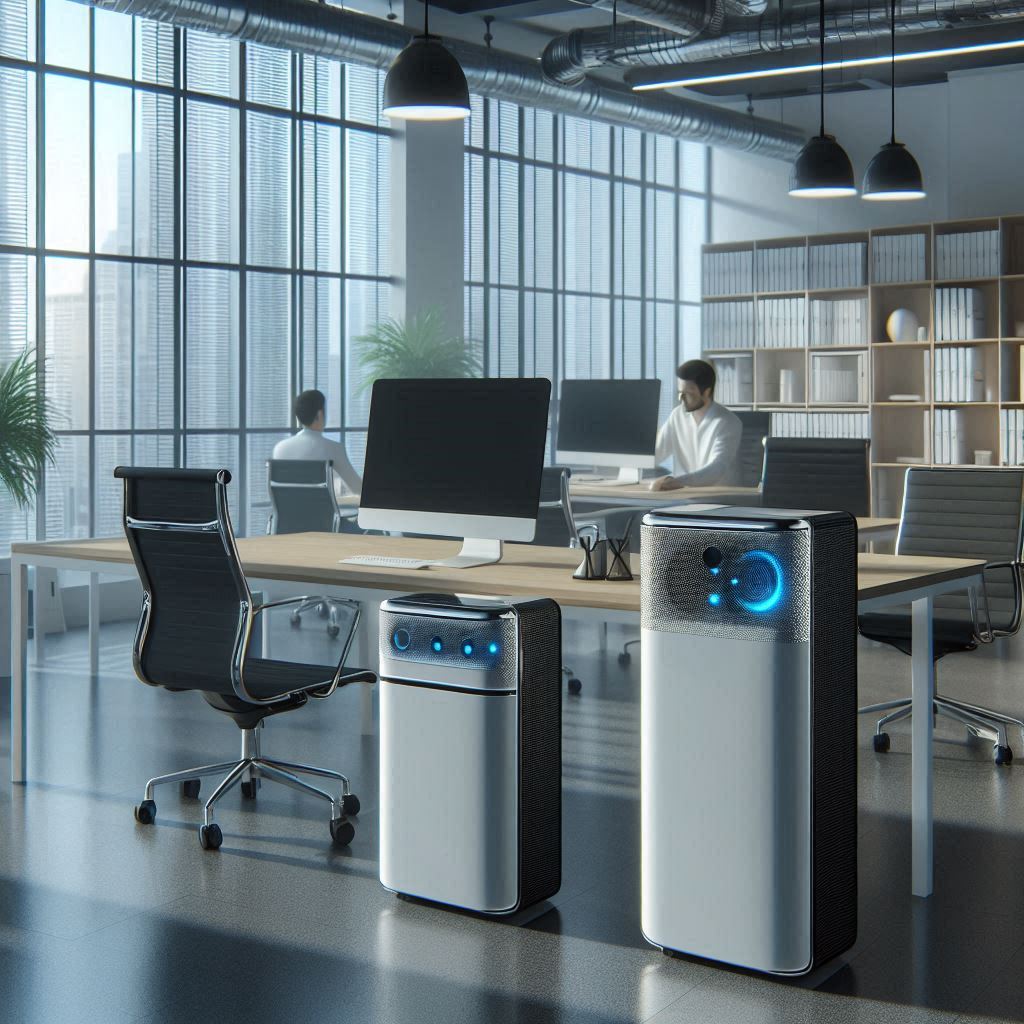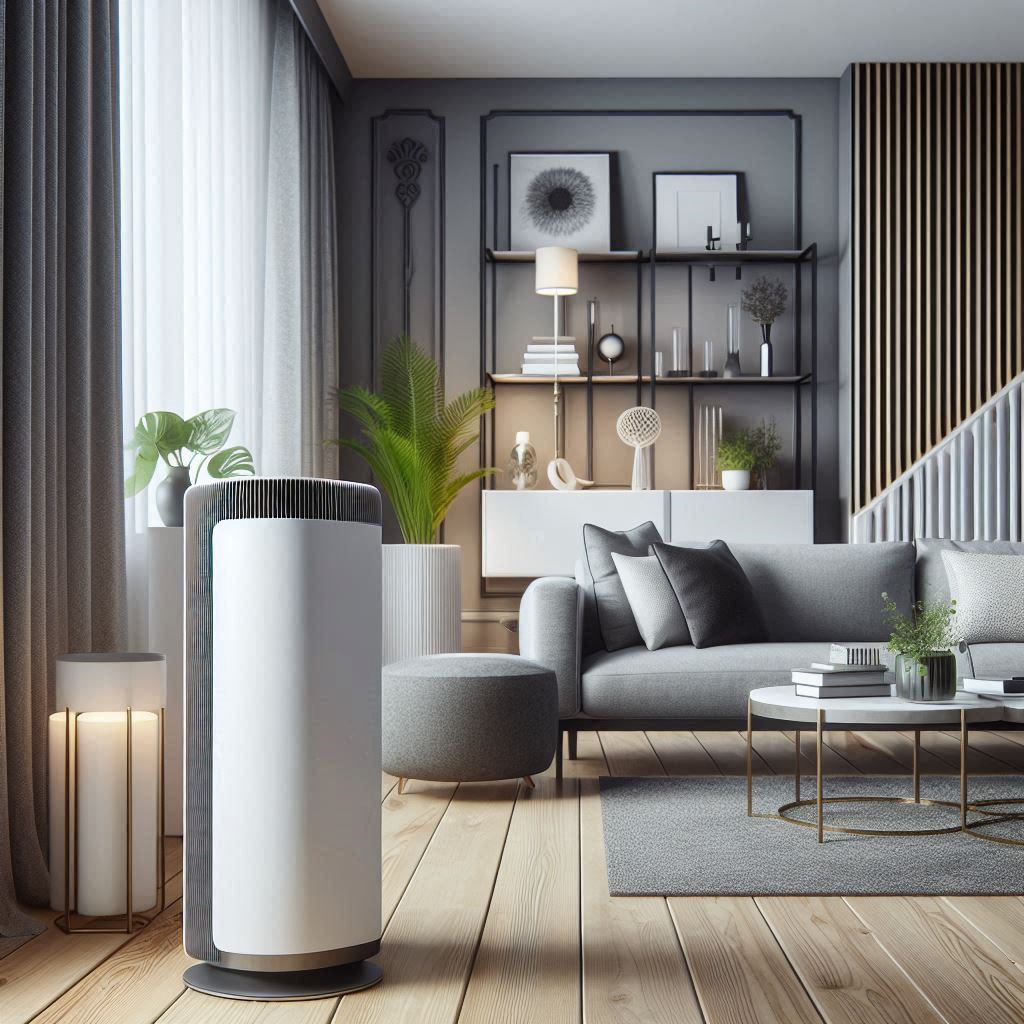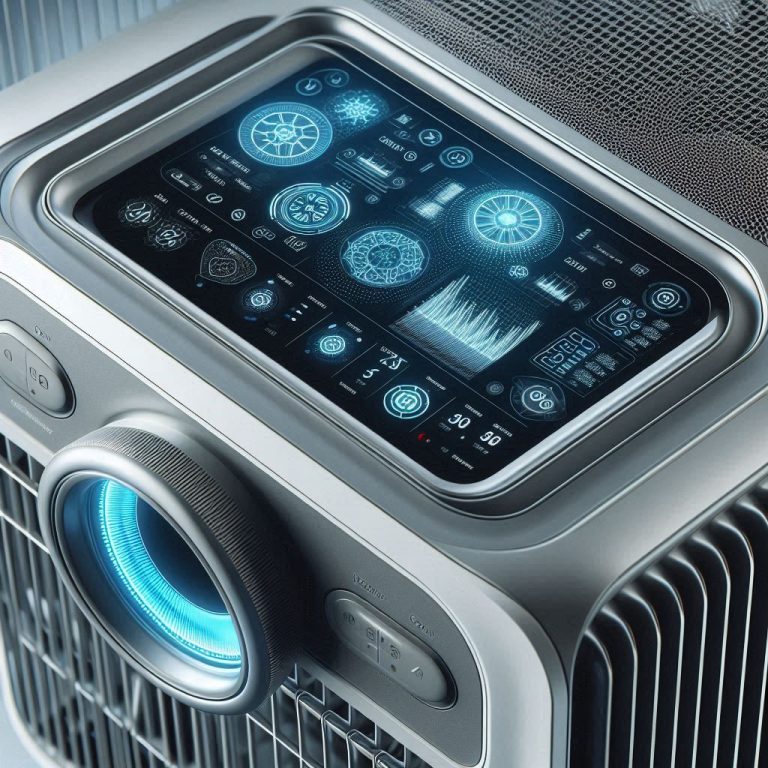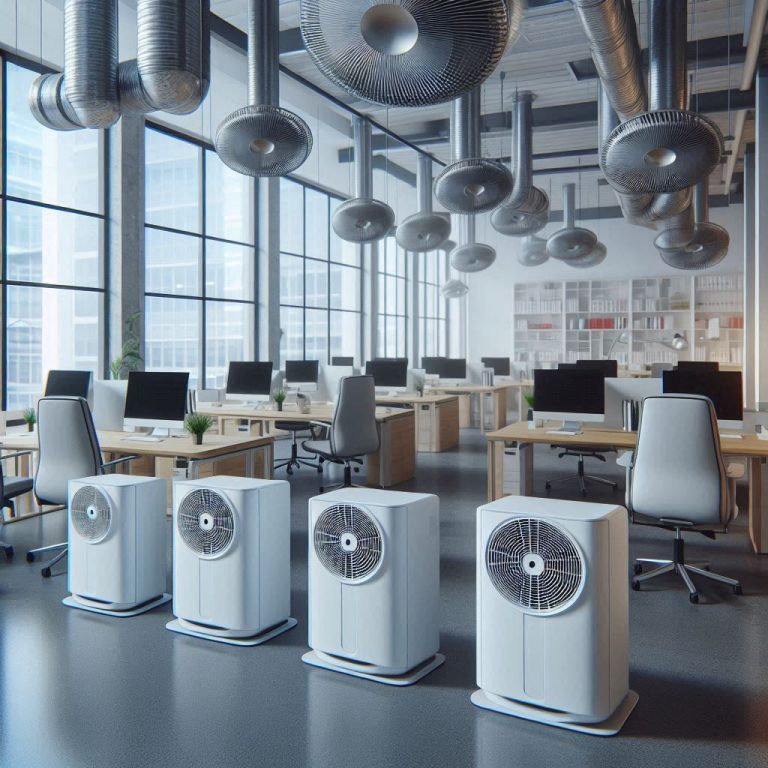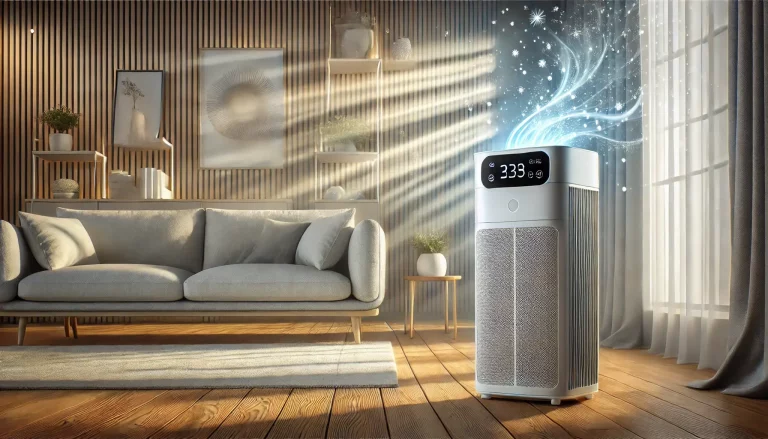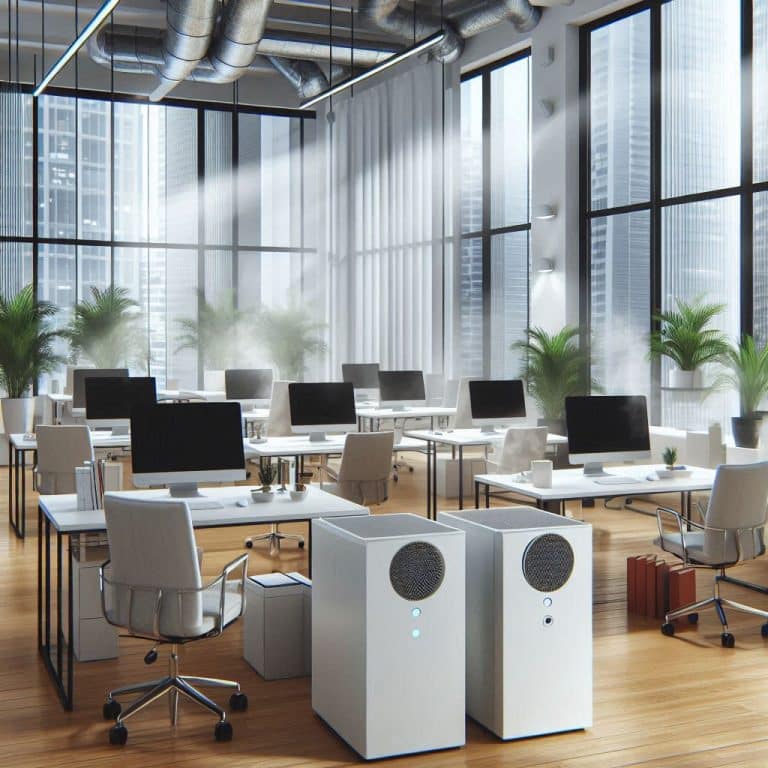Does an Air Cleaner Really Work? Find Out Here!
In today’s world, ensuring the quality of the air we breathe has become more critical than ever. Air cleaners, also known as air purifiers, are devices designed to remove contaminants from the air in a room or an entire building. With the rise of pollutants and allergens, many people are turning to air cleaners to create a healthier living and working environment.
So, does an air cleaner really work? The answer lies in understanding how these devices function. Air cleaners operate by drawing in air, passing it through various filters, and then releasing purified air back into the environment. The most advanced models, like those equipped with Cirqulair Technology, can effectively eliminate harmful toxic particles, viruses, and even ultrafine nanoparticles. This technology ensures that the air in your home or workplace is not just clean but pristine.
For many, the primary benefit of using an air cleaner is the significant reduction in allergens such as dust, pollen, and pet dander. This can be a game-changer for individuals with allergies or asthma. Additionally, air cleaners can remove volatile organic compounds (VOCs) and odors, making the air smell fresher and feel better.
Breathe Clean, Live Better! Upgrade to our Advanced Air Purifying System today and eliminate 100% of ultrafine particles down to 1 nanometer in one pass. Don’t compromise on your family’s and employee’s health. Act now and transform your indoor air quality!
How Do Air Cleaners Work
Understanding how air cleaners work is crucial to appreciating their effectiveness. At their core, air cleaners are designed to remove contaminants from the air, but the mechanisms they use can vary significantly. The most common types of air cleaners include mechanical filters, electronic air purifiers, and hybrid systems that combine multiple technologies.
Mechanical filters are perhaps the most recognized type. These filters, often made of fine mesh or fibrous materials, physically trap particles such as dust, pollen, and pet dander as air passes through them. High-Efficiency Particulate Air (HEPA) filters are a prime example, capable of capturing particles as small as 0.3 microns with an efficiency of 99.97%.
On the other hand, electronic air purifiers utilize electrostatic attraction to capture particles. These systems generate electrically charged ions that attach to airborne particles, which are then collected on oppositely charged plates or filters. This technology is particularly effective for removing smaller particles that mechanical filters might miss.
Some advanced systems, like those powered by Cirqulair Technology, go a step further by employing multiple stages of filtration and purification. These systems can target and eliminate a wide range of contaminants, including harmful toxic particles, viruses, and ultrafine nanoparticles, providing an unparalleled level of air purity.
By combining these technologies, air cleaners can effectively tackle various pollutants, ensuring that the air you breathe is clean and safe. Whether for industrial, commercial, medical, or home settings, understanding how these devices work helps in making an informed decision about which system best meets your needs.
Types of Air Cleaning Technologies
The world of air cleaning technologies is diverse, offering various methods to purify the air and ensure a healthier environment. Understanding the different types can help you choose the most effective solution for your specific needs.
Mechanical Filtration: This is the most traditional form of air cleaning. Mechanical filters, such as HEPA filters, use a dense web of fibers to trap contaminants. They are highly effective at capturing larger particles like dust, pollen, and pet dander. HEPA filters are often used in medical and industrial settings due to their high efficiency.
Activated Carbon Filters: These filters are known for their ability to remove odors, gases, and chemical vapors. Activated carbon is highly porous, allowing it to adsorb volatile organic compounds (VOCs) and other pollutants from the air. This technology is particularly useful in environments with high levels of gaseous pollutants.
Electronic Air Cleaners: These devices use electrical charges to attract and capture particles. Ionizers and electrostatic precipitators fall into this category. Ionizers emit charged ions that attach to airborne particles, causing them to settle out of the air. Electrostatic precipitators, on the other hand, draw air through an electrically charged grid, attracting particles to oppositely charged plates. This technology is effective at removing fine particles and allergens.
Ultraviolet (UV) Germicidal Irradiation: UV air purifiers use ultraviolet light to destroy the DNA of microorganisms, including bacteria, viruses, and mold spores. This technology is particularly effective in sterilizing the air and is often used in medical and laboratory settings.
Photocatalytic Oxidation (PCO): PCO technology uses a combination of UV light and a photocatalyst, typically titanium dioxide, to produce hydroxyl radicals and superoxide ions. These reactive species can break down pollutants into harmless substances like carbon dioxide and water. PCO is effective at eliminating VOCs, bacteria, and viruses.
Each of these technologies offers unique benefits, and some advanced air purifiers, like those using Cirqulair Technology, incorporate multiple methods to provide comprehensive air cleaning. By understanding the strengths and applications of each type, you can make an informed decision to improve your indoor air quality.
Benefits of Using Air Cleaners
Using air cleaners in your living or working environments can significantly enhance your quality of life. These devices offer a myriad of benefits that go beyond simply removing dust from the air.
Health Improvement: One of the most crucial benefits of air cleaners is their ability to remove harmful particles such as allergens, bacteria, viruses, and mold spores. This can lead to a dramatic reduction in respiratory issues, allergies, and asthma attacks. With air cleaners, you can breathe easier and enjoy a healthier life.
Odor Elimination: Air cleaners equipped with activated carbon filters are especially effective at removing unpleasant odors from cooking, pets, tobacco smoke, and more. This ensures that your indoor environment always smells fresh and inviting.
Protection Against Harmful Chemicals: Many everyday products release volatile organic compounds (VOCs) into the air, which can negatively impact health. Air cleaners can effectively remove VOCs and other toxic chemicals, providing a safer environment for your family or employees.
Improved Sleep Quality: Clean air can lead to better sleep. By removing airborne irritants that can disrupt sleep, air cleaners help create a more restful sleeping environment. This is especially beneficial for those who suffer from conditions like sleep apnea or allergies.
Enhanced Productivity: Poor air quality can lead to headaches, fatigue, and difficulty concentrating. By ensuring that the air is clean and free of pollutants, air cleaners can enhance cognitive function and overall productivity in work environments.
Preservation of Home Interiors: Dust, mold, and other airborne particles can damage furniture, electronics, and other household items over time. Using air cleaners can help protect your investments by reducing the accumulation of harmful particles.
Incorporating air cleaners into your indoor spaces offers an array of benefits that contribute to a healthier, more comfortable, and more productive living and working environment. With advanced technologies like Cirqulair Technology, you can enjoy all of these advantages and more.
Common Misconceptions About Air Cleaners
Despite the proven benefits of air cleaners, several misconceptions persist that can deter people from investing in these valuable devices. Let’s debunk some of the most common myths surrounding air cleaners.
Myth 1: Air Cleaners Are Only Necessary for Allergy Sufferers: While air cleaners are indeed beneficial for those with allergies, they are also essential for anyone who wants to improve their indoor air quality. These devices can remove harmful particles that affect everyone, not just allergy sufferers.
Myth 2: Air Cleaners Are Noisy: Modern air cleaners are designed to operate quietly. Advanced models like those powered by Cirqulair Technology are engineered to provide efficient air purification without creating disruptive noise, making them suitable for bedrooms, offices, and other quiet spaces.
Myth 3: Air Cleaners Use a Lot of Energy: While it’s true that some older models might consume more energy, contemporary air cleaners are built with energy efficiency in mind. They often come with Energy Star ratings and other certifications to ensure minimal impact on your electricity bill.
Myth 4: Air Cleaners Eliminate the Need for Regular Cleaning: Air cleaners are designed to complement regular cleaning routines, not replace them. While they can significantly reduce the amount of dust and particles in the air, it’s still important to maintain a clean environment through regular housekeeping.
Myth 5: Small Air Cleaners Are Just as Effective as Larger Ones: The effectiveness of an air cleaner depends on its capacity to filter the air in a given space. Smaller units might be suitable for individual rooms, but larger areas require more robust devices to ensure comprehensive air purification.
Myth 6: All Air Cleaners Are the Same: Not all air cleaners are created equal. Different models employ varying technologies and filters. For instance, air cleaners powered by Cirqulair Technology offer superior performance by removing ultrafine particles down to 1 nanometer, which is far beyond the capability of standard filters.
Understanding and dispelling these misconceptions can help you make a more informed decision when it comes to investing in an air cleaner. By choosing the right device, you can significantly enhance the air quality in your home or workplace.
Choosing the Right Air Cleaner
When it comes to selecting the right air cleaner for your needs, several key factors should be considered to ensure you make the best choice. Here’s a guide to help you navigate through the options and find the perfect air cleaner for your space.
1. Identify Your Needs: Start by determining the main purpose of the air cleaner. Are you looking to alleviate allergies, remove pet dander, combat smoke, or simply improve overall air quality? Different air cleaners are designed to target specific pollutants, so understanding your needs is crucial.
2. Consider the Room Size: The effectiveness of an air cleaner largely depends on its capacity to filter the air within a specific area. Measure the size of the room where you plan to use the device and choose an air cleaner with the appropriate coverage area. Models like those powered by Cirqulair Technology are available in various sizes to suit different spaces.
3. Check the CADR Rating: The Clean Air Delivery Rate (CADR) indicates the volume of filtered air delivered by the air cleaner. A higher CADR signifies a more efficient device. Ensure the CADR rating matches the size of your room for optimal performance.
4. Look at the Filter Type: Different air cleaners use various types of filters, such as HEPA, activated carbon, or UV light. Air cleaners with Cirqulair Technology incorporate advanced filtration that can remove ultrafine particles, making them ideal for comprehensive air purification.
5. Evaluate Noise Levels: If you plan to use the air cleaner in a bedroom or office, consider the noise level. Modern air cleaners are designed to operate quietly, but it’s always good to check the decibel rating to ensure it won’t disrupt your activities.
6. Energy Efficiency: Look for air cleaners with Energy Star certification or other energy-saving features. These models will help you maintain a cleaner environment without significantly increasing your energy bills.
7. Maintenance Requirements: Regular maintenance is essential for the long-term performance of an air cleaner. Check how often filters need to be replaced and whether the device has indicator lights to remind you when maintenance is due.
By considering these factors, you can make an informed decision and choose an air cleaner that perfectly suits your requirements. Investing in a high-quality air cleaner not only improves your indoor air quality but also enhances your overall well-being.
Breathe Clean, Live Better! Upgrade to our Advanced Air Purifying System today and eliminate 100% of ultrafine particles down to 1 nanometer in one pass. Don’t compromise on your family’s and employee’s health. Act now and transform your indoor air quality!
Are You Happy Knowing That Every Other System Only Captures 10% Of Airborne Particles?
Breathe Clean, Live Better! Upgrade to our Advanced Air Purifying System today and eliminate 100% of ultrafine particles down to 1 nanometer in one pass. Don’t compromise on your family’s and employee’s health. Act now and transform your indoor air quality!


